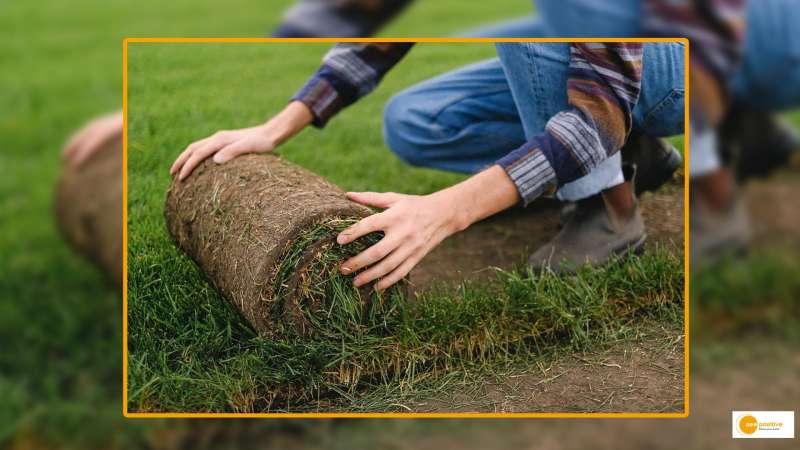

Sod farming, also known as turf grass, has been making the rounds on the internet. Sod grass/turf grass is intensively cultivated grass that is directly removed and planted onto the target field with a small amount of soil cover. While directly sowing seeds is an option when planting new grass, sod is a better option. The transplanted grass forms a grassy cover almost immediately and does not require intensive cultivation after that.
What Are the Benefits of Sod?
There are several advantages to planting sod grass. The first advantage is that it does not necessitate extensive irrigation afterward, as seeded areas do. It does require irrigation, but for a shorter period of time than seeded areas. Furthermore, unlike seeding, which can only be done at certain times of the year, sod can be transplanted at any time of the year. There is also a lower risk of failure when compared to directly sown grass.
Aside from the obvious, mowed grass deters rodents, snakes, and other pests that prefer longer, overgrown areas for their habitats. It also has environmental advantages.
Turf grass acts as a soil cover, preventing erosion from both wind and water. When the sod decays, its extensive root system enriches the soil with humus in the deeper layers.
Furthermore, the dense grass cover provides cooling through transpiration. It captures carbon dioxide, dust, and pollutants, resulting in cleaner air. It produces a large amount of oxygen during photosynthesis. Turf grass dominance prevents excessive weed growth, preventing allergen-causing pollen from floating in the nearby air. It also has an aesthetic appeal, making recreational areas appear more appealing. Turf grass also raises real estate prices for commercial purposes.
How to Choose a Plot for Sod Farming?
Sandal loam is the best soil for growing sod. Muck or organic soils can support sod growth, but the output is significantly lower. Clay or heavy ground sod is extremely difficult to harvest because it becomes too heavy when wet and too hard when dry. Because sloped soils can cause seed and seedling erosion, land topography should be flat or barely undulating. Choose a well-drained location to avoid winterkill. Lower elevations typically dry out more gradually.


